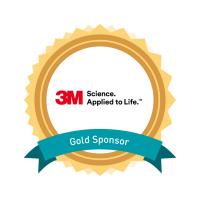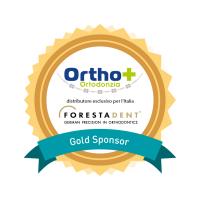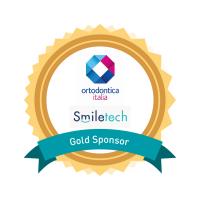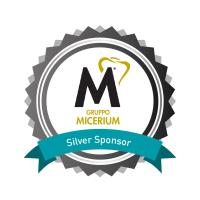Abstract
When and How To Refer a Patient to a Speech and Language Therapist
by Ricci Luigia
The issue of interdisciplinarity between speech therapists (ST) and dentists is a complex matter and little discussed in literature. One of the few works available is the document drafted by SIDO in 2015 with the inter-associative Technical Table for orthodontic and ST which investigates the salient aspects of the clinical management of patients suffering from dysfunctional swallowing, mouth breathing and speech disorders. It clarifies which role has the health professional involved in the management of the patient. However, the document does not contain operational informations that define the timing of the intervention. In literature a great deal of thought was done about the importance of a multidisciplinary work, which want to research not only of the effect but also of the cause, however, in the studies there are never clear indications and precise about the cooperative work between the ST and the orthodontist. A 2019 study analyzes through the presentation of a case report the work performed by a speech therapist and orthodontist in a patient underwent orthognathic surgery. The study data is exciting and the orthodontist himself underlines the importance of the work done with the ST for the oral/articulatory motor aspects and the rehabilitation of oral functions; however the patient willingly accepts ST if motivated by the orthodontist. Another older quantitative study looks at the collaboration between ST and orthodontist in cases of patients affected by mouth breathing; the study highlights the importance of the combined treatment, within which the orthodontist requests the intervention of the speech therapist; unfortunately even here the treatment is not accepted by the patients unless motivated by the orthodontist. None of the studies available in the literature therefore clearly addresses the cruciality of the timing of intervention in the speech therapist-orthodontist relationship, essential timing for the best outcome of a treatment. Here we have the PICLO -a specific Protocol for sending and sharing between ST and orthodontics - ( language disorders in the developmental age, Il Mulino 2022), which was created with the aim of drawing attention to the salient clinical elements useful for the construction of an integrated and effective rehabilitation project, as well as improve the dialogue between the professionals involved and define a better collaboration between them.
Learning Objectives
After this lecture, you will be able to define orthodontic emergencies
After this lecture, you will be able to recognise the functions treated by the SP
After this lecture, you will be able to understand importance of a multidisciplinary approach












